Neural plasticity
Introduction
Neural plasticity, also known as neuroplasticity, is the ability of the nervous system to change its structure and function in response to intrinsic and extrinsic factors. This phenomenon is a fundamental mechanism that underlies the brain's capacity to control behavior, learn new information, and adapt to environmental changes.
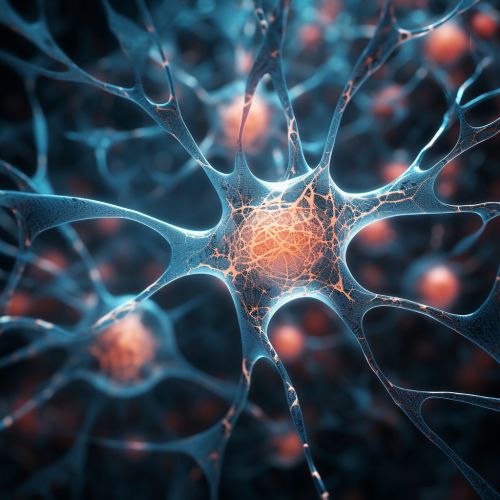
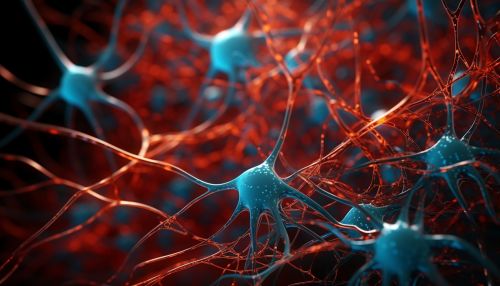
Mechanisms of Neural Plasticity
Neural plasticity involves several mechanisms, including synaptic plasticity, structural plasticity, and functional plasticity.
Synaptic Plasticity
Synaptic plasticity is the ability of synapses to strengthen or weaken over time, in response to increases or decreases in their activity. This form of plasticity is believed to contribute to learning and memory. Two primary forms of synaptic plasticity are long-term potentiation (LTP) and long-term depression (LTD).

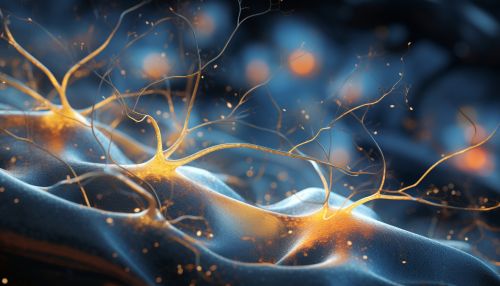
Structural Plasticity
Structural plasticity refers to the brain's ability to change its physical structure as a result of learning. This can involve the growth of new neurons (neurogenesis), changes in the strength of connections between neurons (synaptogenesis), or the pruning of unnecessary neural connections.
Functional Plasticity
Functional plasticity is the brain's ability to move functions from a damaged area of the brain to other undamaged areas. This is often observed in individuals who have suffered a stroke or traumatic brain injury.
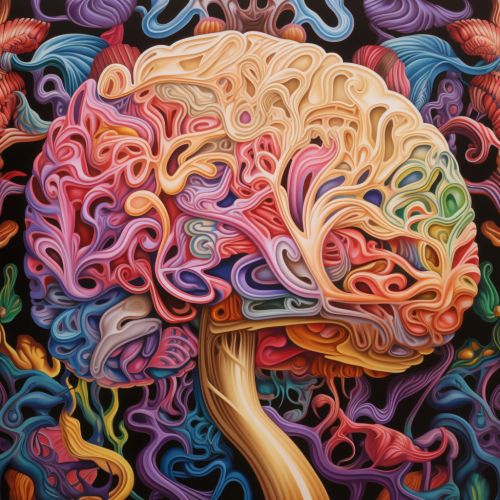

Factors Influencing Neural Plasticity
Several factors can influence the degree and direction of neural plasticity, including age, stress, environment, and injury.
Age
Age is a significant factor in neural plasticity. While the brain is most plastic during early childhood, known as the critical period, plasticity persists throughout life, albeit at a reduced level.
Stress
Stress can have a profound impact on neural plasticity. Chronic stress can lead to changes in brain structure and function, particularly in areas involved in emotion regulation and memory.
Environment
The environment can also influence neural plasticity. Enriched environments, characterized by novel and complex stimuli, promote synaptic plasticity and neurogenesis, while impoverished environments can have the opposite effect.
Injury
Following injury, the brain can undergo significant plastic changes as it attempts to recover lost functions. This is often observed in stroke patients who regain abilities that were initially lost due to brain damage.
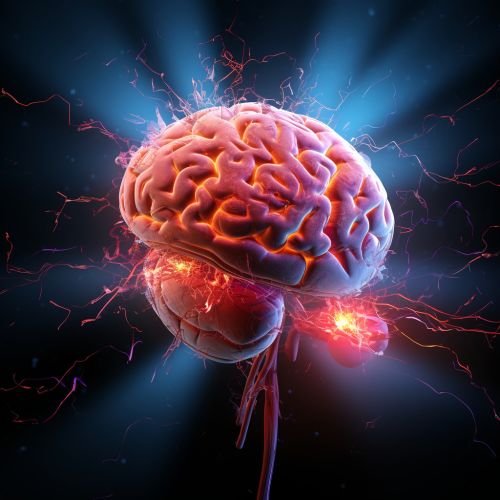

Neural Plasticity and Learning
Neural plasticity plays a crucial role in learning and memory. Changes in synaptic strength, known as synaptic plasticity, are thought to underlie the formation of memory traces in the brain. Additionally, structural changes in the brain, such as the growth of new neurons and the formation of new synaptic connections, also contribute to learning.

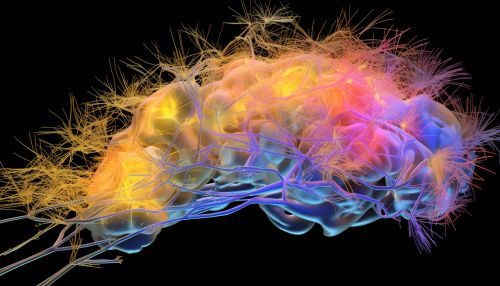
Neural Plasticity and Rehabilitation
Neural plasticity is a key factor in rehabilitation following brain injury. Therapies that promote neural plasticity can help patients recover lost functions and improve their quality of life. This is often achieved through repetitive, task-specific training, which encourages the formation of new neural pathways.


